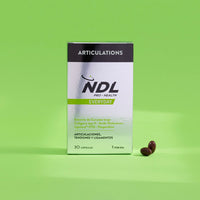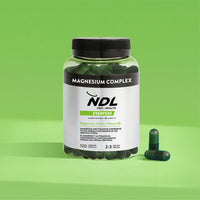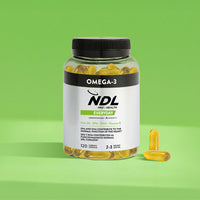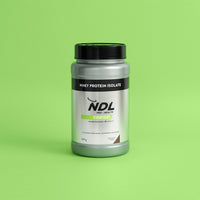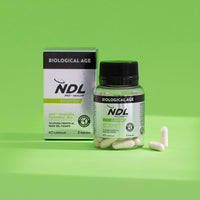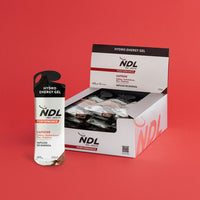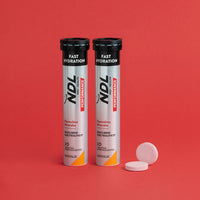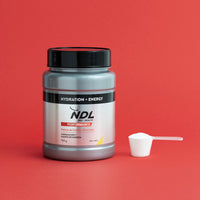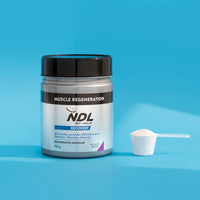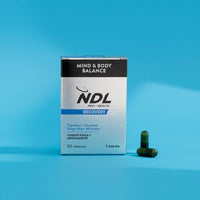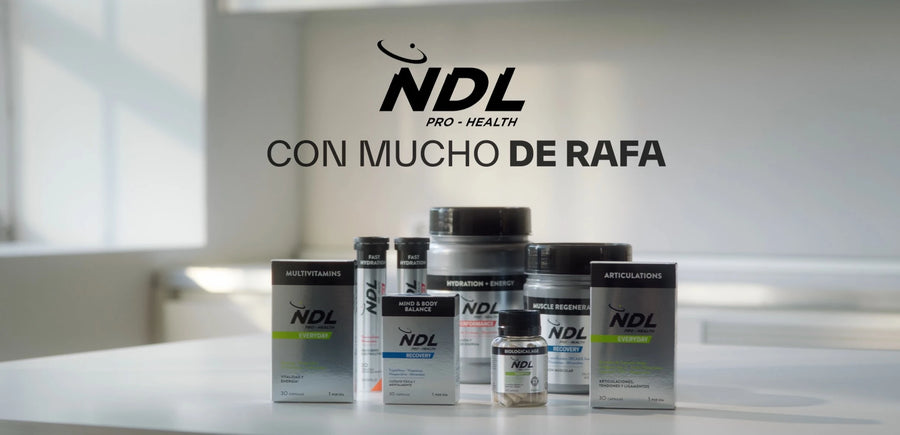Featured Products
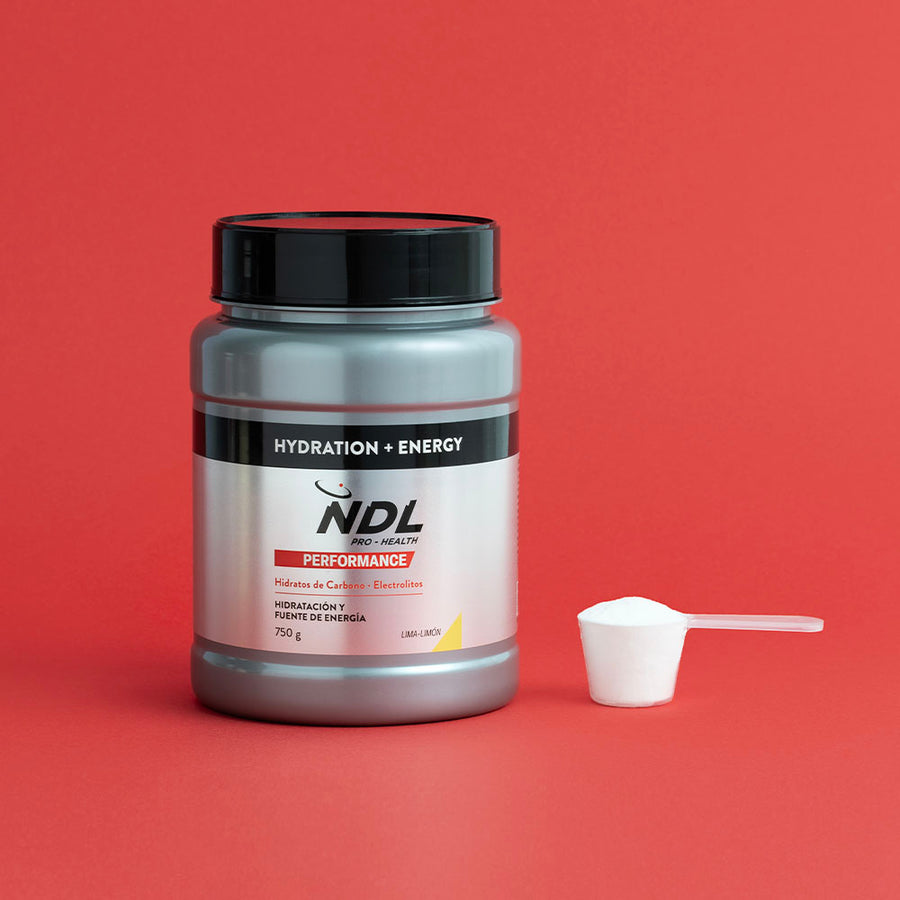
Hydration + Energy
See product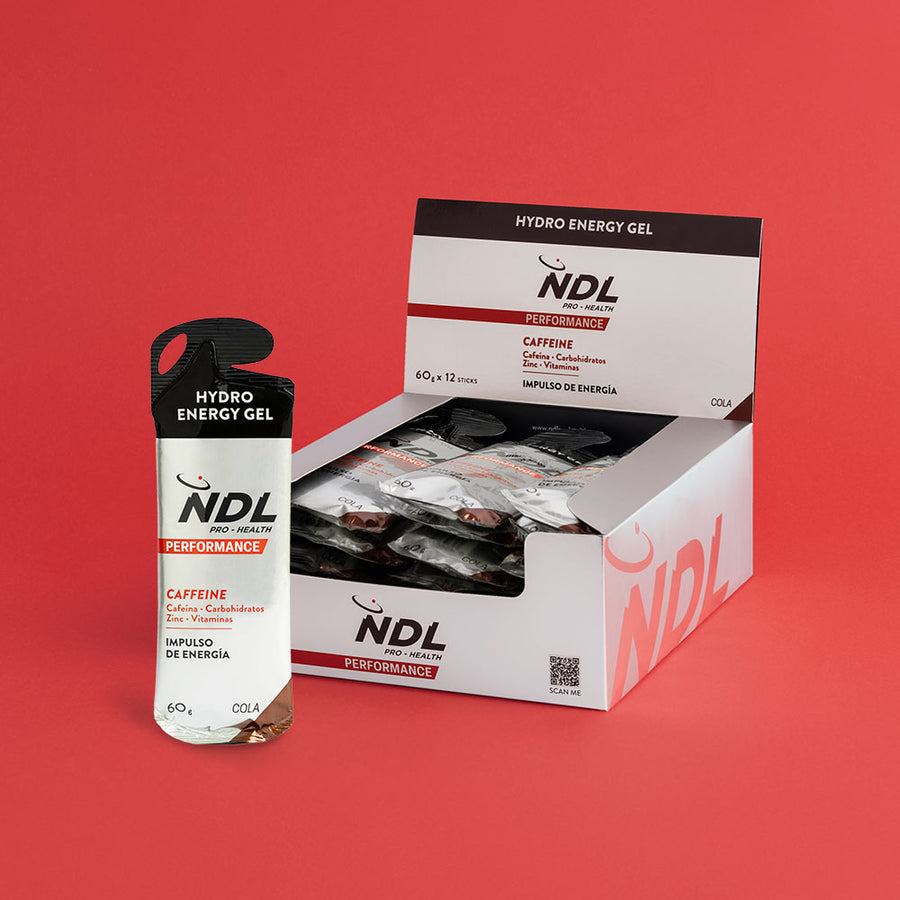
Hydro Energy Gel With Caffeine Pack 12
See product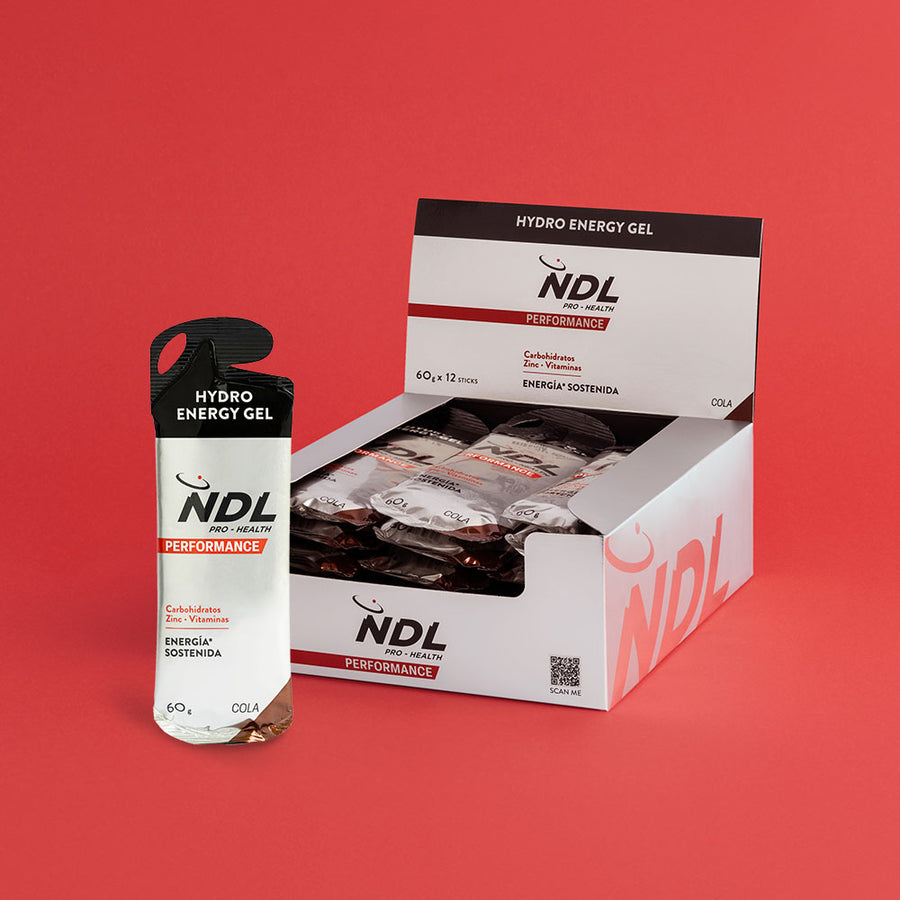
Hydro Energy Gel Pack 12
See product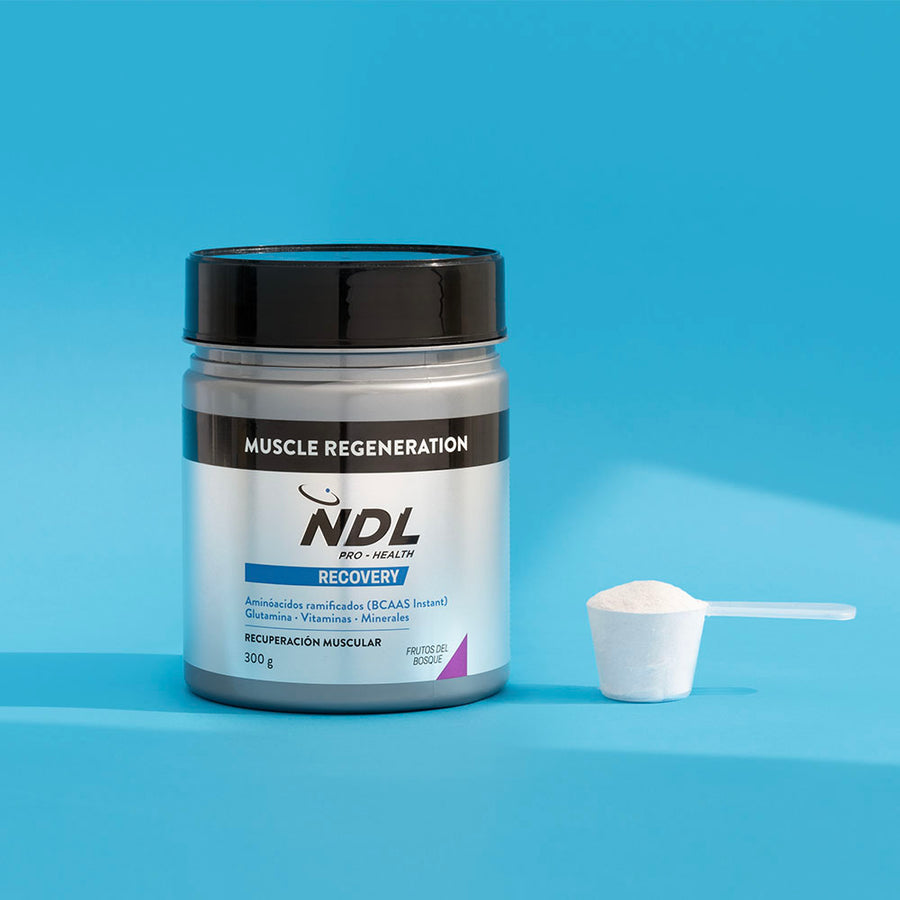
Muscle Regeneration
See productMore than 600 years have passed since what is considered the first popular race in history, the Palio del drappo verde in Verona, was held. But it has been in the last 50 years that popular races have spread all over the world. In Spain, more than 3,000 are held every year, and 120 of them are included in the official calendar of the Royal Spanish Athletics Federation. Today, we talk about one of the most popular: the Madrid half marathon. And, anticipating that every year thousands of people run it, we tell you everything you need to know about how to train for a marathon.
Madrid's half marathon and other of the largest in Spain
Marathons have not stopped growing and, nowadays, there are hundreds around the world, including Spain, where millions of runners prepare every year to run the marathon face one or more of these tests. The half marathon of Madrid is known for being the fastest in Spain, but the number of such tests in our country, is immense. These are the most popular marathons in our country:
- San Silvestre vallecana, 10 kilometers long and with 40,000 runners
- Barcelona Marathon with 15,000 runners
- Women's race (different locations)
- Behobia of San Sebastián, 20 kilometers and with 35,000 participants
- Seville Marathon, 13,000 runners
- Valencia Marathon, 25,000 runners
- Bilbao Night Marathon, 13,000 runners
The 2024 Madrid half marathon is set to break all records. So if you are one of the more than 15,000 people planning to run it this year, we tell you everything you need to know about the marathon and how to prepare for one.
The origin of the marathon
The marathon is the race par excellence and has a mythical origin: In 490 BC, the Greek army defeated the army of the Persian Empire on the field and beach of the city of Marathon, the first in history to span three continents (Africa, Asia and Europe). Pheidippides, a Greek warrior, ran the 40 kilometers between the battlefield and the city of Athens to announce the victory only to drop dead from exhaustion upon reaching the finish line and, unwittingly, giving rise to the first marathon.
In 1896, Pierre de Coubertin organized the first Olympic Games of the modern age in Greece. At that time, the philologist Michel Bréal suggested to him the celebration of a long-distance race called marathon, inspired by the feat of Philipides. The distance was set by chance at 42 kilometers and 195 meters at the third Olympic Games, held in London in 1908: the idea was to repeat the distance of 40 kilometers, but 2 kilometers and 195 meters had to be added so that the start would take place in front of the royal balcony of Windsor Palace and could be witnessed by the British Royal Family.
How to train for a half marathon
Participating in an event of this caliber is a great physical and mental challenge. That is why it is essential that, if you want to run a marathon, you prepare properly months in advance. In these cases, it is not enough to carry out recommended daily exercise, but training for a marathon requires much more perseverance and effort.
The first thing you need to be clear about if you are planning to start preparing for a marathon is that your body will be put under a lot of physical and mental stress and you need a structured plan for months. Not preparing for a marathon properly can even be dangerous, so we recommend that you take into account the following tips:
- Look for information about the half marathon you want to participate in and the weather on the day you are running.
- Obviously it is not the same if you exercise on a regular basis or if you have not run long distances before: it is better to start with popular races of one mile, five and ten kilometers and increase progressively if you plan to prepare for a marathon.
- It is very important that you have a physical examination to know your state of health and to take into account any condition that could affect your performance (asthma, diabetes, hypertension). The examination should include:
- CBC
- Electrocardiogram
- Echocardiogram
- Spirometry
- Biomechanical tests
- Stress test
- See a physiotherapist frequently and respect recovery and rest.
- Don't forget to hydrate adequately.
- Buy appropriate gear, don't wear it for the first time on race day.
- Let yourself be advised by professionals.
- Stick to the schedule and follow the 10% rule: that is, increase the distance of your runs by a maximum of 10% each week.
- Plan the route of the half marathon.
- Listening to music or podcasts can help you while running: carry your cell phone in a fanny pack and use wireless headphones.
Nutrition during half marathon training
But, in addition to physical training, preparing for a half marathon also requires a very controlled diet and nutrition. You should take into account the following considerations:
- Increases carbohydrate intake
- Hydrate properly
- Follow a varied and balanced diet
And that's not all, there are also other things that can help you on your way to conquer the Madrid Half Marathon 2024. Mental health, for example, is also of vital importance to face such a high level event. From NDL we can offer you our product Mind & Body Balance, the food supplement for mind and body balance with tryptophan, hesperidin, vitamins and minerals, which helps you to take care of yourself both physically and mentally.
Recovery after training for a marathon is also of vital importance. In this sense, from NDL we bring you Hydro Energy Gel Pack 12, a food supplement that restores sustained energy intake thanks to the combination of carbohydrates and zinc.
Now that you know how to prepare for a half marathon, implement all our tips for the Madrid half marathon. On race day, just enjoy yourself. You have made a great effort, but don't force your body, it's okay to fail. You can try again until you feel that unique euphoric feeling of seeing the finish line at the end of the straight and crossing it.
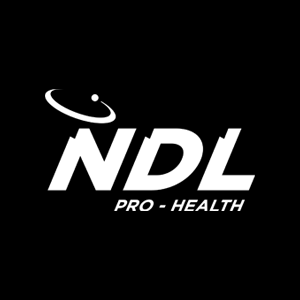
From the NDL Pro-Health team we will provide you with tips to maintain a healthy lifestyle. Sharing knowledge and product recommendations to offer optimal solutions for your daily routine, for your workouts and subsequent recovery, all with the goal of helping you achieve physical and mental wellness.

